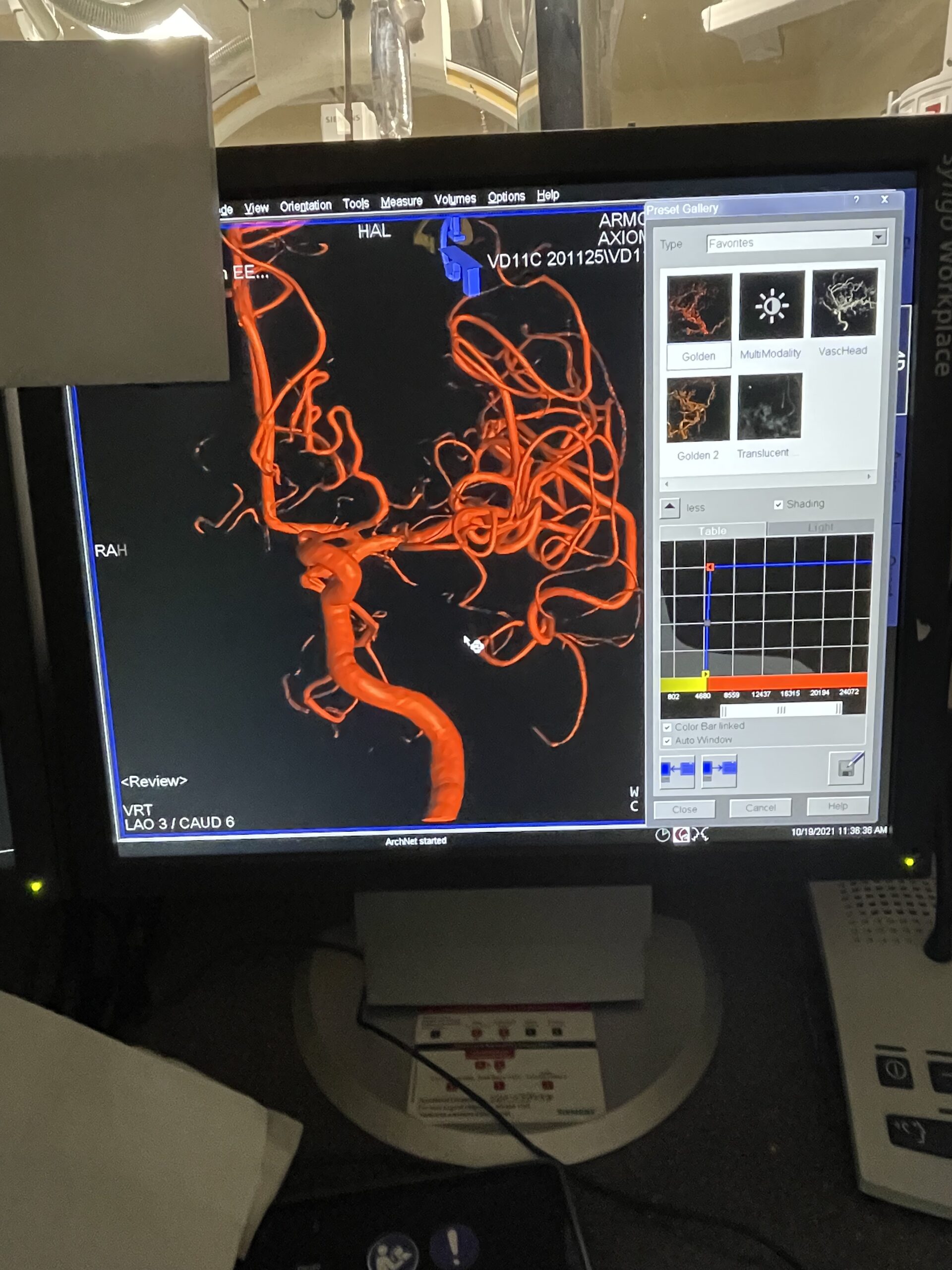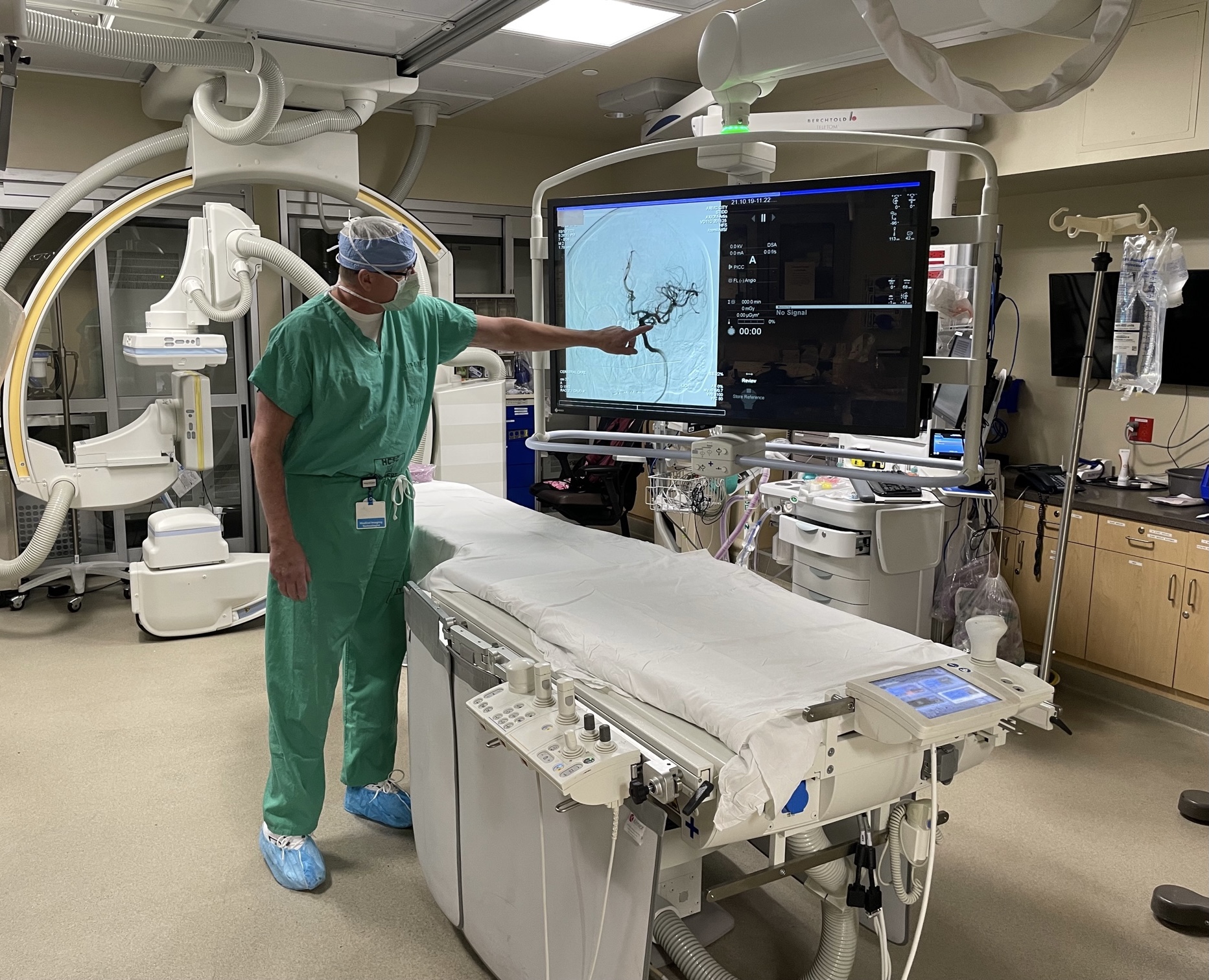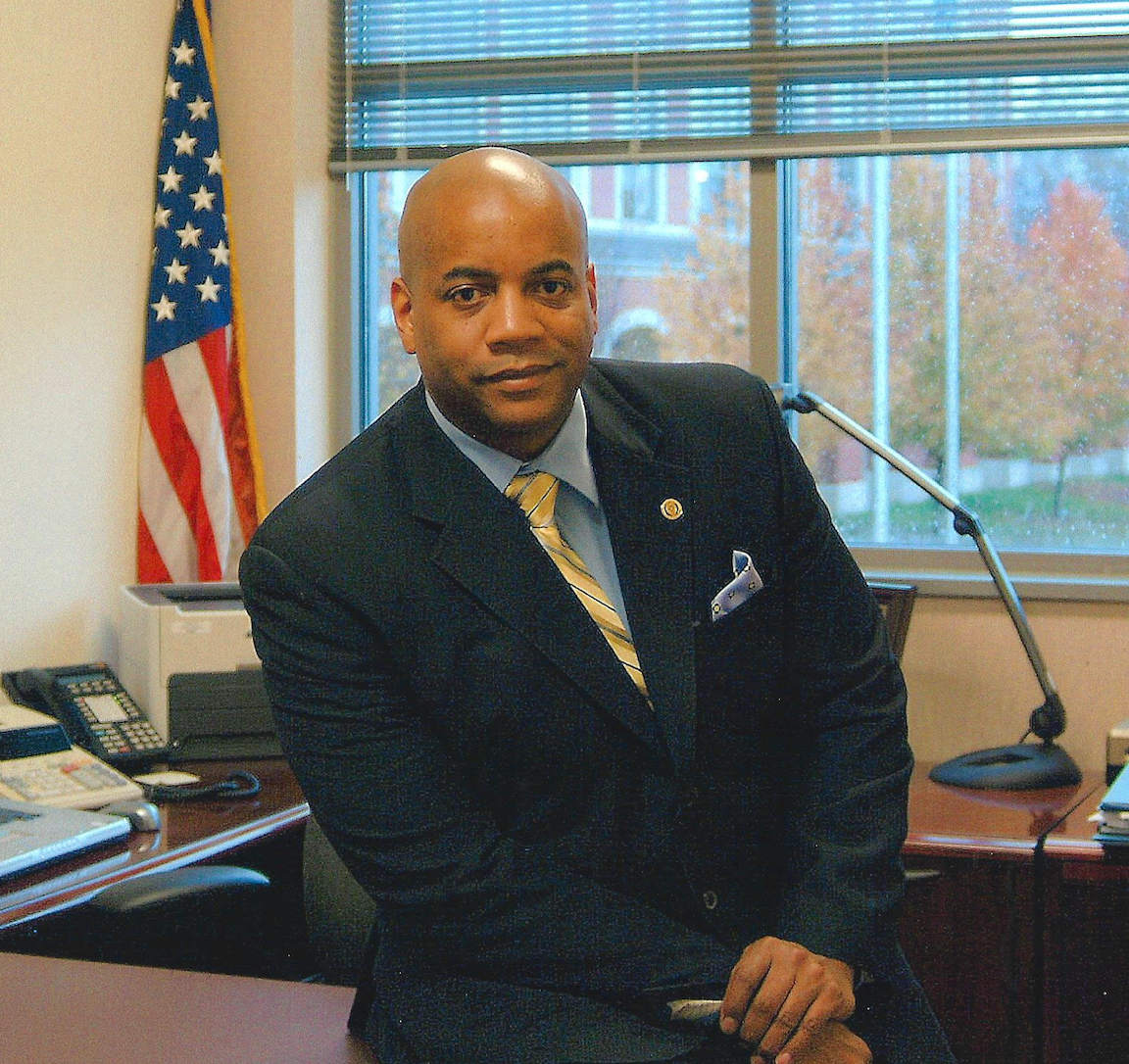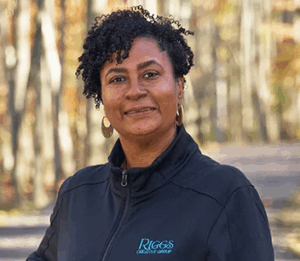AtlantiCare: What African Americans Should Know About Strokes

Editor’s note: This story first appeared in the November 2021 issue of the South Jersey Journal.
BY ATLANTICARE | South Jersey Journal
ATLANTIC CITY — When you hear someone mention stroke, what comes to mind? It must have been someone your grandparent’s age or older? They became paralyzed, lost the ability to speak, or worse?
If these are your thoughts about stroke, you’re not alone. It wasn’t too long ago they’d have painted an accurate picture. However, looking at strokes these days reveals the game — who suffers from them, how they are treated and life beyond the initial stroke — has changed considerably.
This is due to everything from COVID-19 and modern lifestyle to new medicines, technology and specialties in treatment and aftercare, such as those now used regularly at AtlantiCare’s Comprehensive Stroke Center.
Understanding the dynamics at work can go a long way in helping you survive a stroke, enjoy a strong quality of life afterward and, possibly, prevent a stroke from happening.
Stroke no longer your “grandmother’s disease”
The 2019 death of John Singleton, actor and director known best for “Boyz n the Hood,” offered a wake-up call that strokes don’t occur only among the elderly. Singleton died at age 51, twelve days after suffering a stroke.
PSA – Cornerstone Community Church in Millville: Visit today, Services Sunday at 10:30 a.m. EST. Click HERE for more information
The risk of stroke increases with age, but people from infants on up can suffer a stroke. According to a study published in 2020 by the American Heart Association (AHA) 10-15% of strokes occur in people 18-50.
Black folks at risk
Statistics around stroke occurrence and impact are highly concerning for Black Americans. The CDC shares that Black individuals have nearly twice the risk of suffering an initial stroke than white, and Blacks have a higher death rate from stroke than any other racial group.
Moreover, a study published recently in the Journal of the American Medical Association reports that Black patients have a 60% higher short-term risk of suffering a second stroke following a minor stroke compared to white patients.
“There is no single reason African Americans suffer strokes more frequently and often experience poorer outcomes,” said Jorge Eller, MD, a cerebrovascular and endovascular neurosurgeon at the AtlantiCare Neurosciences Institute and faculty at Thomas Jefferson University at AtlantiCare Regional Medical Center.
“However, the work of scientists and healthcare providers gives us a much deeper understanding of some key contributors, including risk factors due to genetics and lifestyle, and healthcare disparities — that is, lack of access to quality care, follow-up services and medicine.
“With this understanding comes the power to change. This is why we work to increase awareness, educate individuals on risk factors they can control and make sure every individual, regardless of race or ability to pay, knows how to and can access the best neurological services during and after an acute stroke event,” Eller added.
According to the American Stroke Association, more than two-thirds of Black Americans have at least one stroke risk factor, such as high cholesterol, being overweight/obese, diabetes, smoking, high-sodium diet, daily stress and sickle cell anemia.
High blood pressure — which can also lead to stroke if left untreated — is a significant concern in the community, and the CDC estimates that African Americans ages 35-64 are 50% more likely to have high blood pressure compared to whites. Experts encourage individuals to control risk factors by, for example, reducing salt intake, eating more fruits and vegetables, not smoking, exercising regularly and maintaining a healthy weight.
Stroke during COVID-19
The statistics on the stroke-pandemic dynamic connection are of particular concern for the Black community. AHA shared information from a survey measuring people’s fear of contracting COVID-19 at a hospital.
Of Black Americans polled, 45% indicated they would be afraid to go to the hospital if they were having a stroke or heart attack, and 33% of indicated they would stay home rather than risk getting the virus.
“Ending the fear of calling 9-1-1 that has arisen during the pandemic is imperative for saving and empowering lives after a heart attack, stroke or other emergency health event,” said Eller of AtlantiCare, which recently received its third consecutive Gold Seal of Approval for Comprehensive Stroke Center Certification from The Joint Commission.
“Every minute between the stroke onset and treatment matters. Calling 9-1-1 immediately can mean the difference not only between life and death but returning to normal life with little-to-no disability.”
Saving minutes mean more memorable moments later in life
For every minute of delay between the onset of a stroke and a person getting treatment, that individual’s age is accelerated by 3.1 weeks. A delay of 20 minutes could “age” a patient by a year.
In one minute’s time, a stroke patient can lose 1.9 million neurons, 14 billion synapses and 5.6 days of healthy life. This is why calling 9-1-1 is so important — in the ambulance EMT’s can start to “save minutes.” It is also why comprehensive stroke centers like AtlantiCare invested in Rapid A.I. This technology allows stroke teams to significantly decrease the time between a patient arriving at the Emergency Department and receiving specialized treatment to address the specific type of stroke conditions they’re experiencing.
Rapid A.I. is so effective that at AtlantiCare, for instance, in its first year using the technology, the stroke team reduced average treatment time by 44 minutes and increased its revascularization success rate to 90.3%.
“No doubt, it’s important that a facility and team can get treatment to a patient quickly, but there’s more to consider,” said Eller. “No two stroke patients are alike, so you want a team prepared for every possibility, from textbook cases to the most complex ones.
“A dedicated neurointensive care unit staffed 24/7, advanced diagnostic capabilities, the ability to provide specialized treatments and treat multiple patients simultaneously — these things and more empower a stroke center to successfully treat a patient and pave the way to better quality of life.”
Be aware, be smart, BE FAST
Some of the most powerful steps an individual can take start with talking to your healthcare provider to outline your personal stroke risk factors and changes you can make in your daily life to lower risk. In addition, if you think you or a loved one may be having a stroke, BE FAST — be on the lookout for these telltale signs:
Balance: is a struggle
Eyes: there is vision loss
Face: appears droopy or uneven
Arms: one or both are weak
Speech: is slurred or confused
Time: call 9-1-1 immediately
For more information on stroke and the services available from AtlantiCare’s neurosciences, visit www.atlanticare.org.
Follow Us Today On:
Note from AC JosepH Media: If you like this story and others posted on Front Runner New Jersey.com, lend us a hand so we can keep producing articles like these for New Jersey and the world to see. Click on SUPPORT FRNJ and make a contribution that will do directly in making more stories like this available. Thank you for reading!






